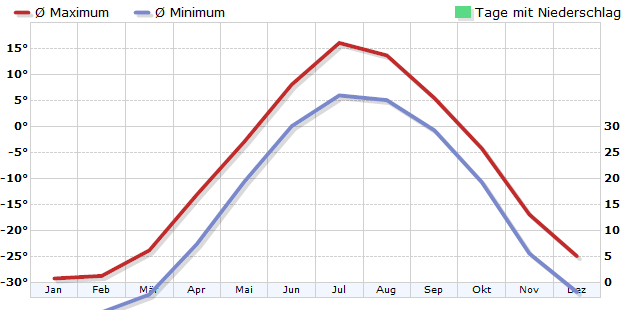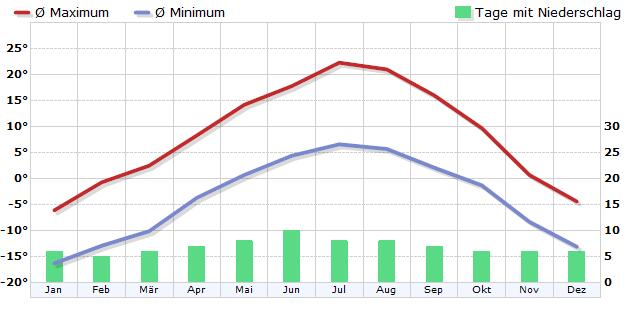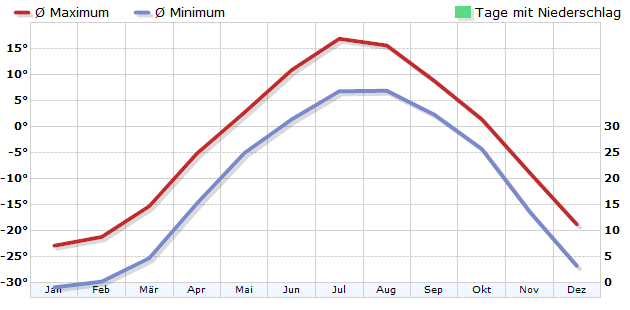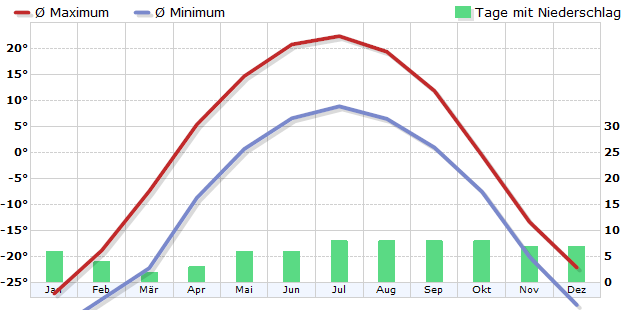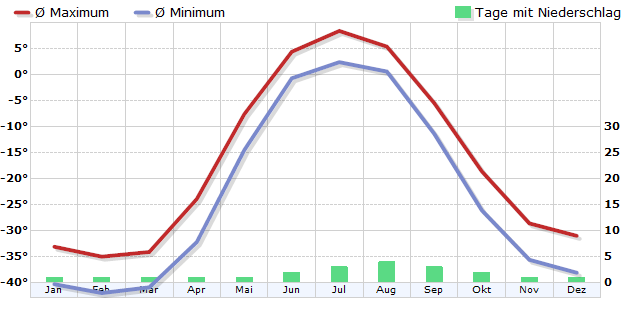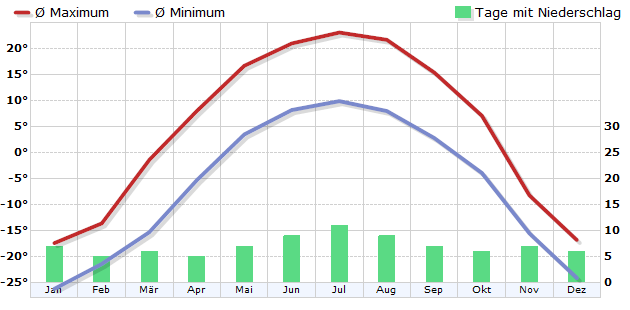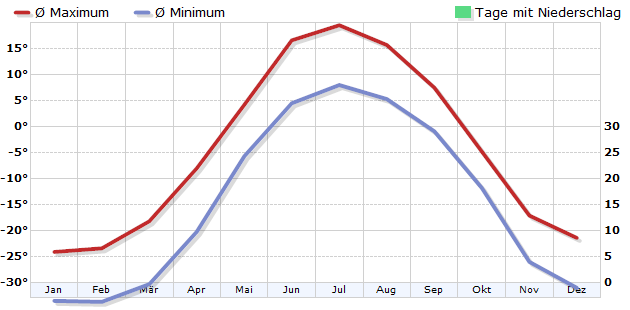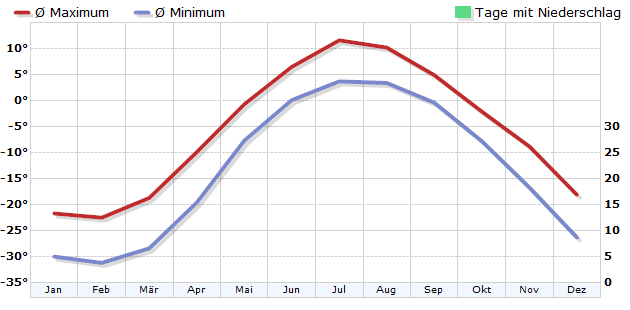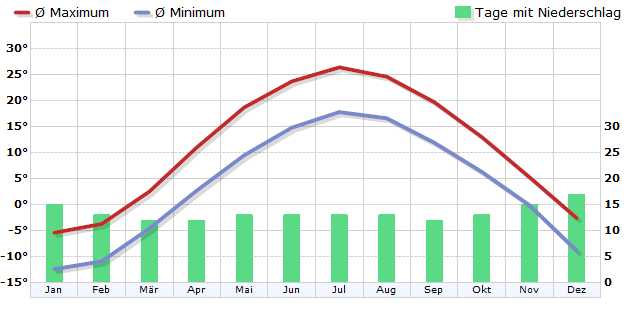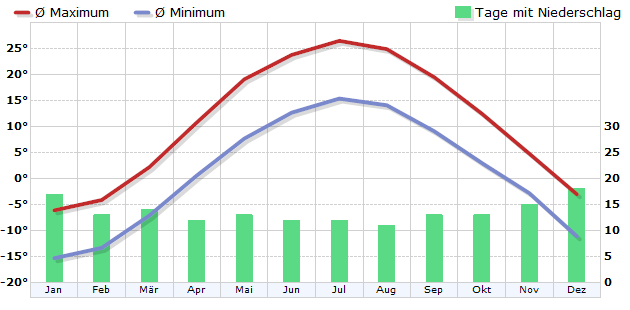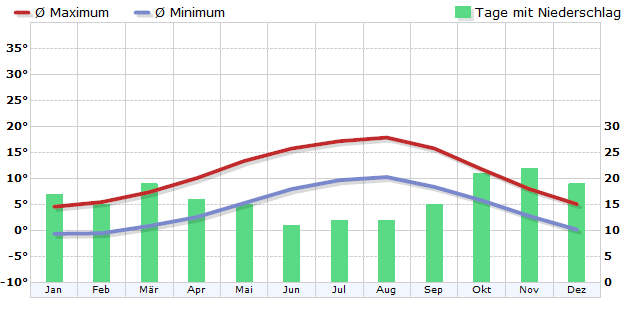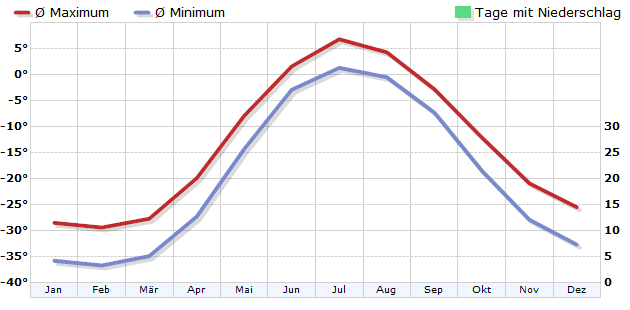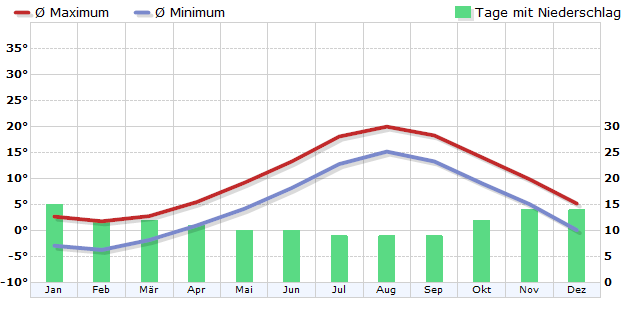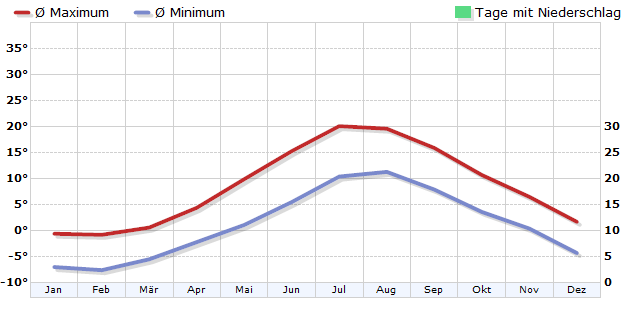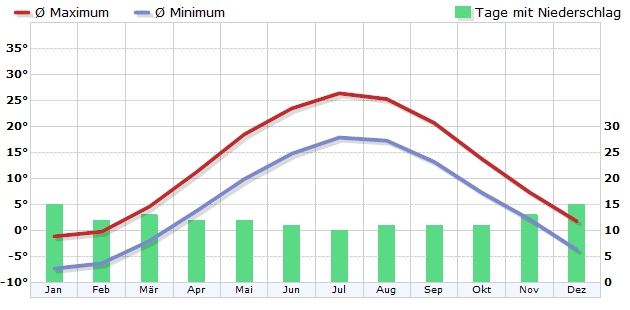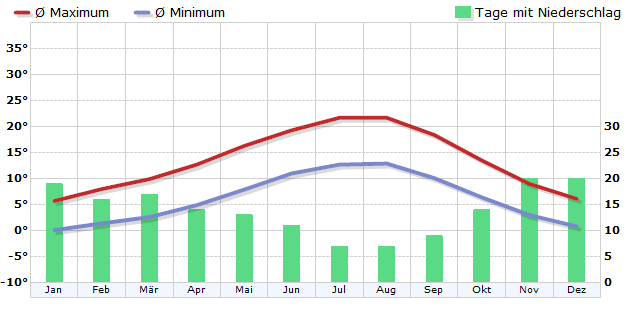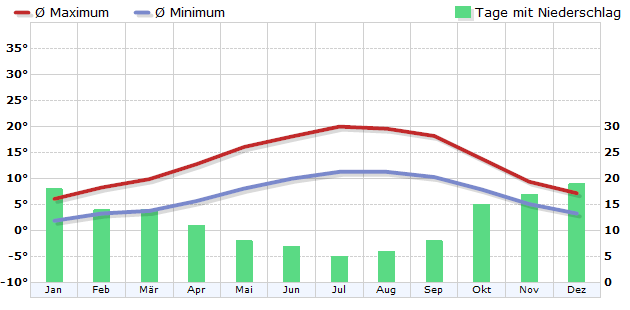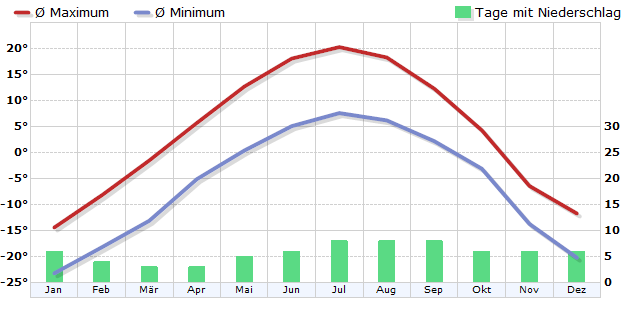Climate Canada
As the second largest country in the world and with an extension of about 4600 by 5500 kilometres, Canada can boast different climate zones. In the north of the country there is a polar climate with long, very cold and snowy winters. In summer the average temperatures stay below 10 degrees. On the west coast of Canada there is a maritime climate with high rainfall due to humid air from the Pacific Ocean. It is much milder and the summers are warm. East of the Rocky Mountains cold currents from the Arctic determine the weather. The winters are very cold, snowy and long, the summers rather short. In the rest of the country there is a cool temperate climate. The Atlantic Ocean on the east coast makes for somewhat milder winters than in the continental interior. At the same time, however, it is warmer in the inland in summer than near the Atlantic, and it can also become very hot for a short time.
Apart from the winter months, which are only suitable for winter sports, all other months are suitable for tours through nature and city trips. Only trips to the far north should be limited to the summer months of July and August.
Destinations
- Alert, NW-Territorien
- Baker Lake, NW-Territories
- Banff, Alberta
- Churchill, Manitoba
- Dawson, Yukon-Territory
- Eureka, NW-Territories
- Fort Nelson, Brit. Columbia
- Goose Bay, Newfoundland
- Inuvik, NW-Territories
- Iqaluit (Frobisher Bay), Nunavut
- Montreal
- Ottawa
- Prince Rupert, Brit. Columbia
- Resolute, NW-Territories
- Sable Island, Nova Scotia
- St. John's, Newfoundland
- Toronto
- Vancouver
- Victoria, Brit. Columbia
- Whitehorse, Yukon-Territory


